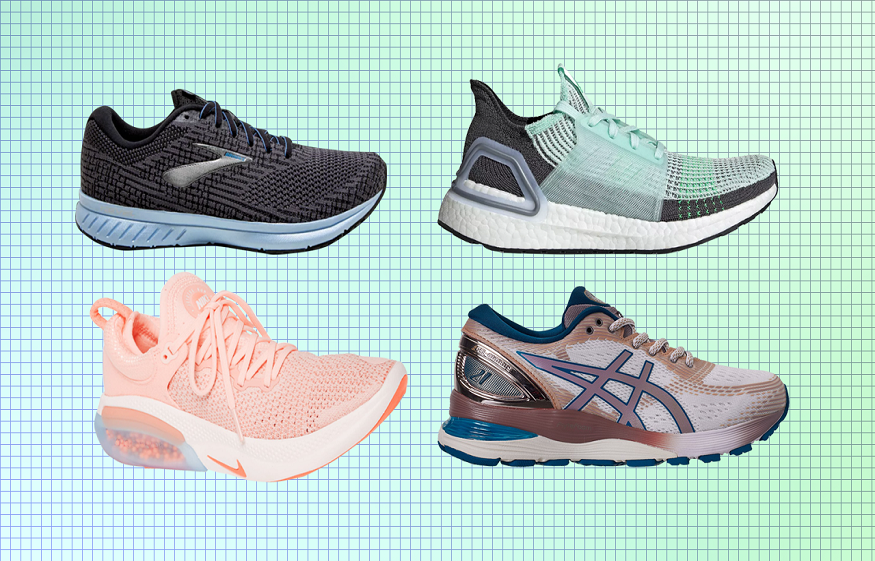
How to choose the right shoes for running
Having good running shoes is essential in limiting the risk of pain and injury. The criteria to know (type of terrain, shape of the foot, etc.) to choose a pair of well-adapted running sneakers and cover more kilometers while remaining comfortable.
How to choose the right shoes for running
Take into account the number of kilometers
Choosing new running shoes can seem overwhelming in the face of the wide variety of products in sports stores. The choice depends on a multitude of factors: the weight of the body on the outside or the inside of the foot, the type of terrain, the price, or the distance usually traveled. Do not give up. Before you head to your sports store and randomly pick a pair based on their color or design, follow these tips for running in the best possible condition.
Take into account the number of kilometersWould you like to run 5 km every other Sunday, a half-marathon, a trail? Cushioning and comfort depend on how many kilometers you want to cover. Most running shoes are comfortable when you are standing in a store, but you will feel the difference once you start wearing them.
Adapt to the terrain
If you are going to run in hard terrain, such as the road, you are going to need shoes that can absorb repeated shocks . If you are going to run on country lanes, you are going to need shoes that are water resistant, have good grip, and have good foot support to avoid sprains. Do you want to run on a mat , or on a track? Still other models will be more suitable. Do not hesitate to ask for advice on site.
Choose the soles according to the type of stride
Everyone has a stride that influences the way they run. There are three types: the pronator stride , the supinator stride, and the neutral or universal stride . Knowing how the joint under our ankle unwinds inward when the foot hits the ground allows us to find the most suitable shoes to avoid injuries, including tendonitis of the knee .
How do you know how you are running? If you have an old pair of running shoes, watch for signs of wear to determine your stride and pronation ( incline of the foot ). Alternatively, you can moisten your feet and place them on a sheet of paper to view the imprint.
Your footprint is flat: wear on the sole is more marked on the inside of the forefoot , your stride is pronative , as in 40% of runners. The movement of the foot goes inward when it hits the ground and the sole is therefore more damaged on the inside . This position increases the risk of tendonitis in the heel, knees and hips. To protect yourself, choose a pair of shoes that are reinforced on the inside and provide good support for the foot.
Your footprint is hollow: the sure wear of the sole is more marked on the outside of the forefoot , your stride is supinating, as in 10% of runners, because the movement goes outward. The risks: muscle and bone injuries to the back, knees and hips. Running shoes reinforced on the outside of the foot help limit this problem.
Your footprint is normal: the sure wear on the sole is more marked in the middle, you are part of the majority of runners who present a neutral or universal stride . The foot is supported on the central part and very slightly inward when it is placed on the ground. It is therefore the central part of the soles that will be the most affected. The good news is that most shoe styles are suitable for this stride, so you’ll have a lot to choose from.
Also take into account the shape of your foot: arch, arch, width.
If you weigh more than 80 kg , you can prioritize cushioning. An additional sole can improve comfort, support, and fit.
Finally, remember to try on your shoes at the end of the day, when the feet are swollen, and to leave about an inch between the toes and the end of the shoe.
Buy according to your budget
Do you find the ideal shoes too expensive? Think carefully about the value of investing in good shoes that will support you and prevent injury , rather than cheap shoes that may be uncomfortable, unsustainable, dangerous, and unmotivating.


